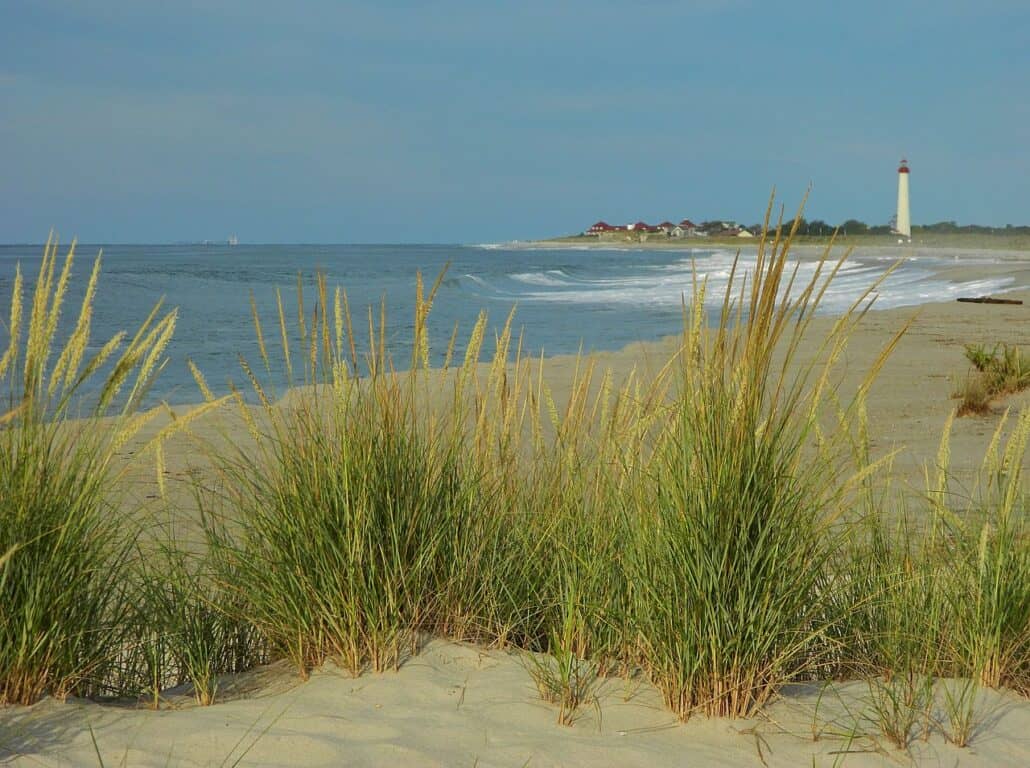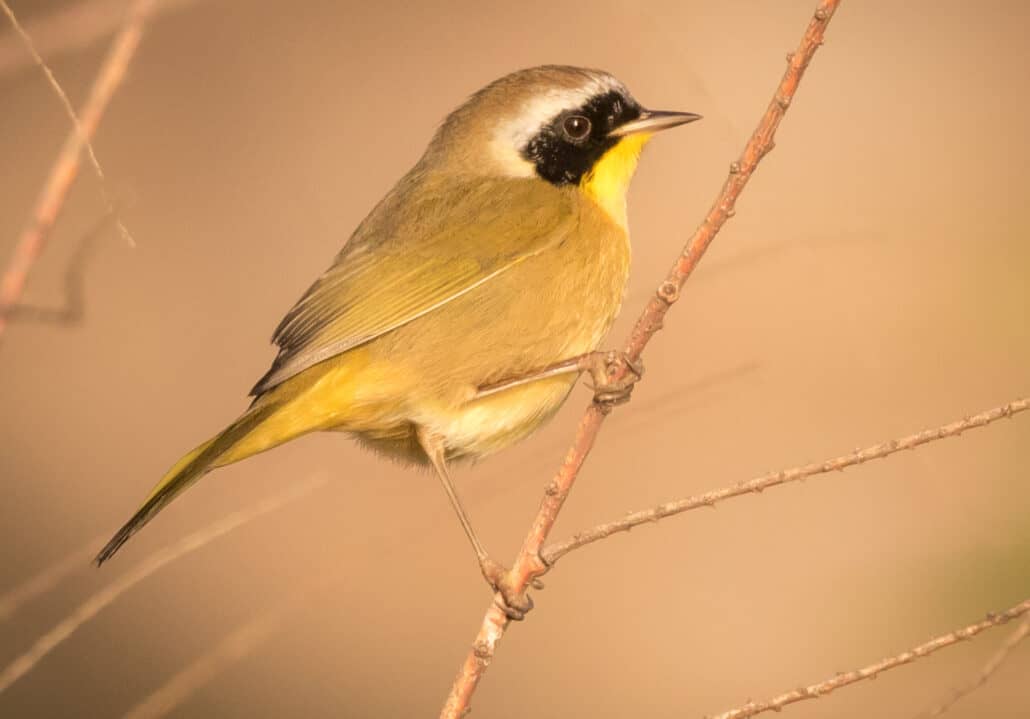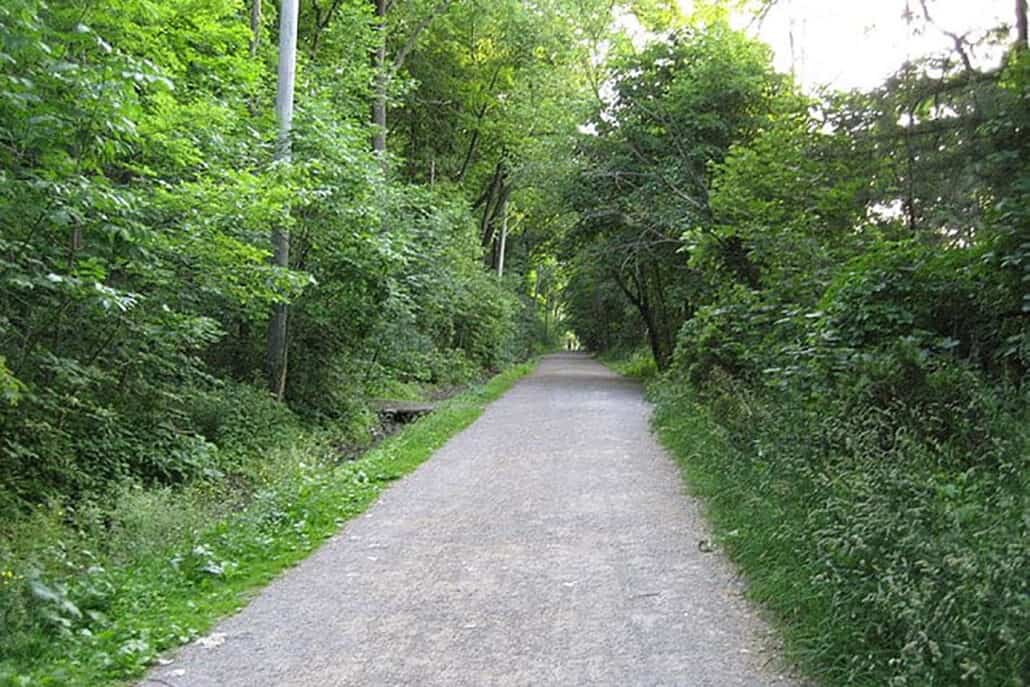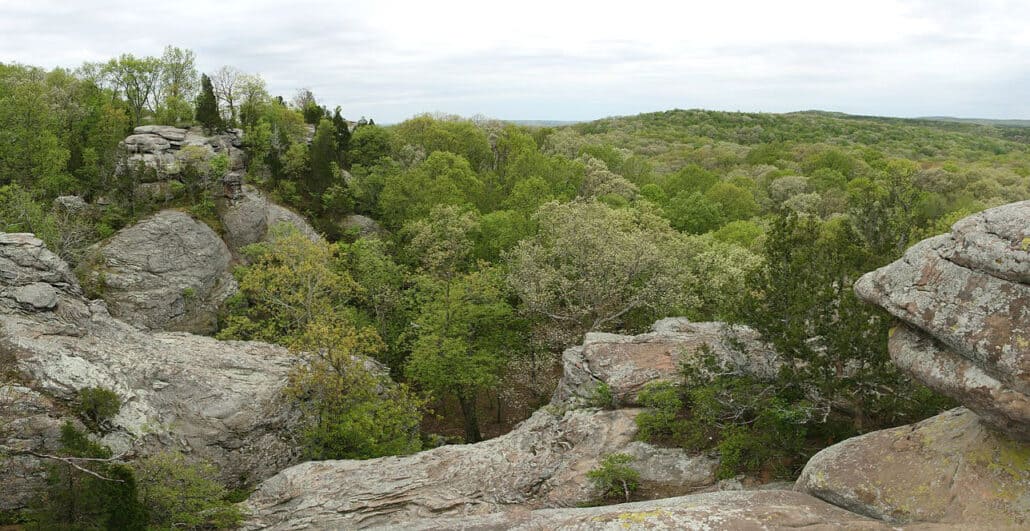MIf birds are good judges of excellent climate, Cape May has the finest climate in the United States, for it has the greatest variety of birds.
—Alexander Wilson
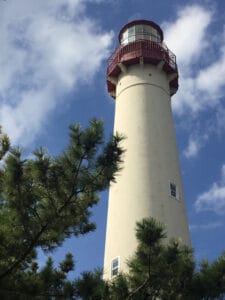
Few places in North America have been birded longer or have more birding advocates than Cape May, New Jersey. Fewer still can offer better bird watching. From warblers to wading birds, falcons to finches, Cape May is unconditionally acclaimed as “the” place to go for autumn birding. The number of species recorded annually is exceeded only by the number of birding organizations which make an annual pilgrimage to the area.
Cape May is exceptional among top birding spots, as much of the hottest bird watching can be found along the residential avenues of the town of Cape May Point (probably the only municipality on earth where a bird watcher can “pish” and not draw comment, ridicule, or overt attention). Another advantage offered by Cape May’s proximity to coastal resort areas is the excellence of the accommodations that are available. For most of the year, lodging can be had at an attractive off-season rate.
The nearby adjacent natural areas of Cape May Point State Park and Higbee Beach (a cedar and holly forest) offer excellent bird habitat and, correspondingly, excellent bird watching. Although Cape May’s fame as an autumn birding hotspot is justly deserved, it tends to overshadow the fact that excellent birding can be had here at any time. The Cape’s peninsular shape, proximity to ocean and bay, and diversity of habitat all blend to make Cape May a birding spot for all seasons.
Cape May in Spring

The first harbingers of spring are the pintail pairing off in February, newly arrived red-winged black birds calling from foxtail stalks, and oldsquaws flying purposefully north. Shore birds arrive a few at a time until they flood the salt marsh like a spring tide in April and May. Black-bellied plovers, dunlins, and greater yellowlegs arrive first, advancing with the season, followed by dowitchers, whimbrels, lesser yellowlegs, knot, least, semi-palmated and white-rumped sandpipers. The green-winged teals depart, making room for newly arrived herons and egrets.
Ospreys appear in mid-March and begin the business of raising families, while accipiters and falcons, following the barrier islands, are on their way to breeding grounds farther north. The tidal marsh echoes with the cries of laughing gulls, American oystercatchers, and willets. Northbound passerines, warblers, vireos, and the like accelerate through April, peak in early May, and gradually dwindle as the season progresses and spring edges into. . .
Summer in Cape May
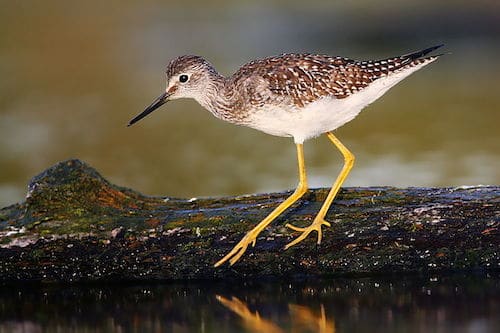
The doldrums of summer birding generally bypass Cape May. The Stone Harbor Heronry plays host to almost two thousand breeding wading birds. Add to this the number of recently fledged young, and it makes for a busy place indeed. By July, gull and tern colonies erupt with birds of the year. Mallards, black ducks, and gadwalls lead their half-grown broods through reeds and down serpentine tidal creeks. Clapper rails skulk down secret paths, paths as “thin as a rail,” followed closely by precocial young.
The avian timetable does not follow the dictates of our solar calendar. Autumn begins during the sultry days of late June and early July with the southward passage of the first lesser yellowlegs and short-billed dowitchers, the first wave in the rising tide of autumn migrants. Black terns, flying east to the coast, then south, appear in midsummer. Their erratic flight carries them over salt marshes already teeming with migrating dowitchers, whimbrels, and assorted “peep.” Tree swallows gather in pre-migration flocks numbering in the tens of thousands. By August, shorebirds of all types abound. Meanwhile, bobolinks, their calls reminiscent of the chiming of bells, stream overhead on their way to Argentine wintering grounds.
Autumn at the Migration Mainline
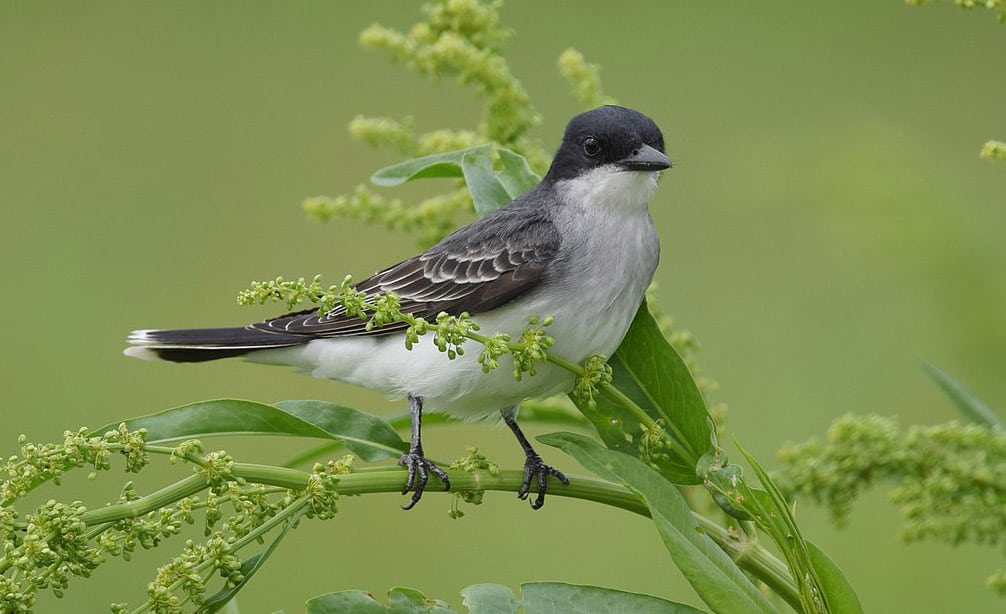
Autumn is a time of magic at Cape May, rising excitement keeping pace with the accelerating rush of southbound birds. The Cape is a natural funnel, catching coastal migrants and directing them to its terminus at Cape May Point. The good days are nothing short of spectacular. The exceptional days defy belief. On a northwest wind, the Cape is alive with warblers. Good flights can occur as early as mid-August. Early September is a prime time for the greatest variety of shore bird species. Flickers, kingbirds (both Eastern and occasionally Western), and blue jays all vie for the limited number of perches. Tanagers and orioles, cloaked in autumn drab, look sadly out of place on their perches of tall marsh reed.
The kaleidoscopic vision of autumn migrations changes with the turning of the season. September’s passerines give way to October’s— hardy winter finches— and these, in turn, to November’s skeins of geese. Flocks of brant drift like smoke on the horizon and over the tidal marshes, and short-eared owls course over salt hay meadows grown brown with winter.
Winter in Cape May
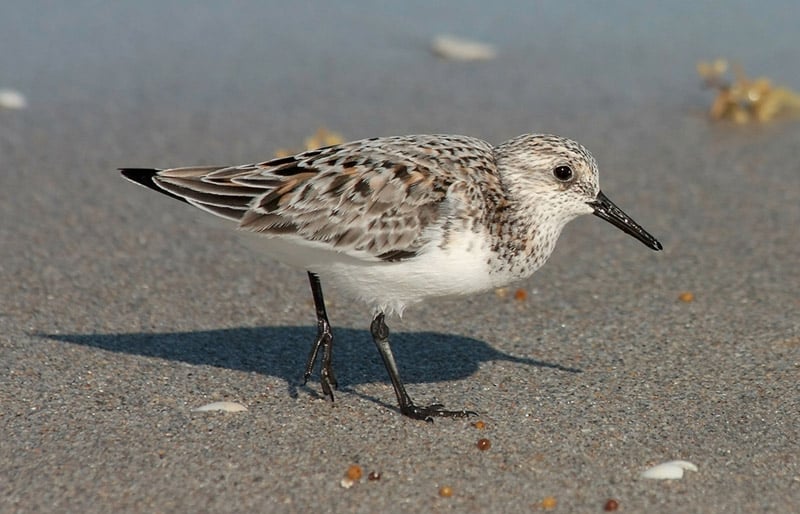
There is nothing more coldly stimulating or more stingingly cold than a winter beach. The vacationing crowds have gone with the summer sun, and the sea and beach belong to the sanderlings, the gulls, and the hardy sea ducks. Lines of scoters pass over the horizon and oldsquaws ride the swells beyond the surf. Manmade jetties attract purple sandpipers, birds of the rocky coast. A falling tide often brings with it flocks of brant, drawn to the newly exposed jetties and the sea plants that anchor themselves there. Common and red-throated loons dive for fish, often near shore. If the bay is locked in pack ice, the lee sides of jetties can be crowded with greater scaups, redheads, canvasbacks, black ducks, goldeneyes, buffleheads, and red-breasted mergansers.
The cedar, oak, and holly woods of Higbee Beach host winter finches, yellow-rumped and orange-crowned warblers, American robins, cedar waxwings, and other hardy winter species. These birds in turn attract wintering sharp-shinned and Cooper’s hawks. Fox sparrows scratch out a living in the cat brier tangle. Woodcocks remain all winter unless a prolonged freeze puts their staple diet of earthworms out of the reach of their probing bills. The marsh and tidal flats belong to the marsh hawk and rough-legged hawk by day and the short-eared owl by night.
Cape May Christmas Bird Counts
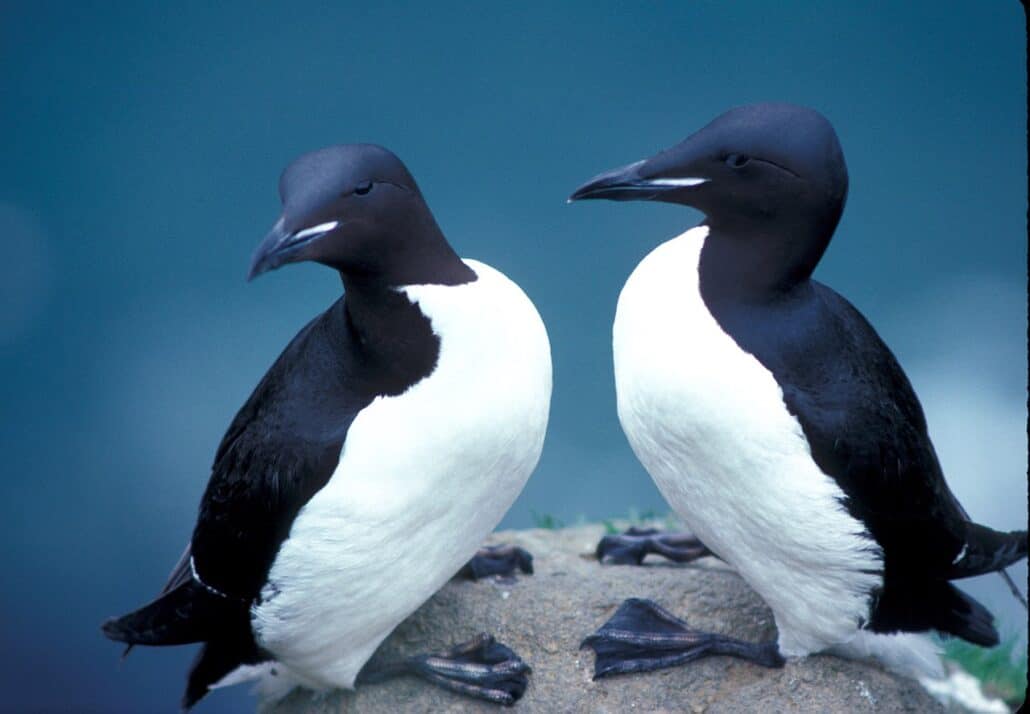
Cape May in winter is like Cape May at any time; a place to find the unexpected. Winters past have produced among other things, dovekies, thick-billed murres, Swainson’s hawks, snowy owls, white ibis, brown pelicans, and even a wood stork. If you need further testimony of Cape May’s winter birding wealth, consider the records of the Cape May Christmas Bird Count. The count annually records more species than any count north of Virginia. To date, the cumulative list stands at an impressive 228 species.
To reach Cape May Point, follow the Garden State Parkway to its southern terminus. Cross the bridge over the Cape May Canal and continue south on Lafayette Street. Turn right on West Perry and continue as straight as possible. West Perry becomes Sunset Boulevard, and Sunset Boulevard continues west to Cape May Point.
Birding at the South Cape May Meadows
Along the way, stop at the South Cape May Meadows and scope the shallow pools and grassy areas for wading birds, waterfowl, and shorebirds. The meadows are attractive to black-bellied plovers, greater and lesser yellowlegs, dowitchers and white-rumped sandpipers (spring and fall migration); stilt sandpipers, golden plovers, Baird’s sandpipers, buff-breasted sandpipers, and Hudsonian and marbled godwits (fall migration). Loggerhead shrikes regularly occur here during late August and early September. They can be seen perched on fence posts and cedar snags. During late September and early October, peregrine falcons and merlins use this large open area to hunt and feed. Late afternoon is the best time to observe these coastal migrating falcons. This is private land, so please conduct your observations from the road only.
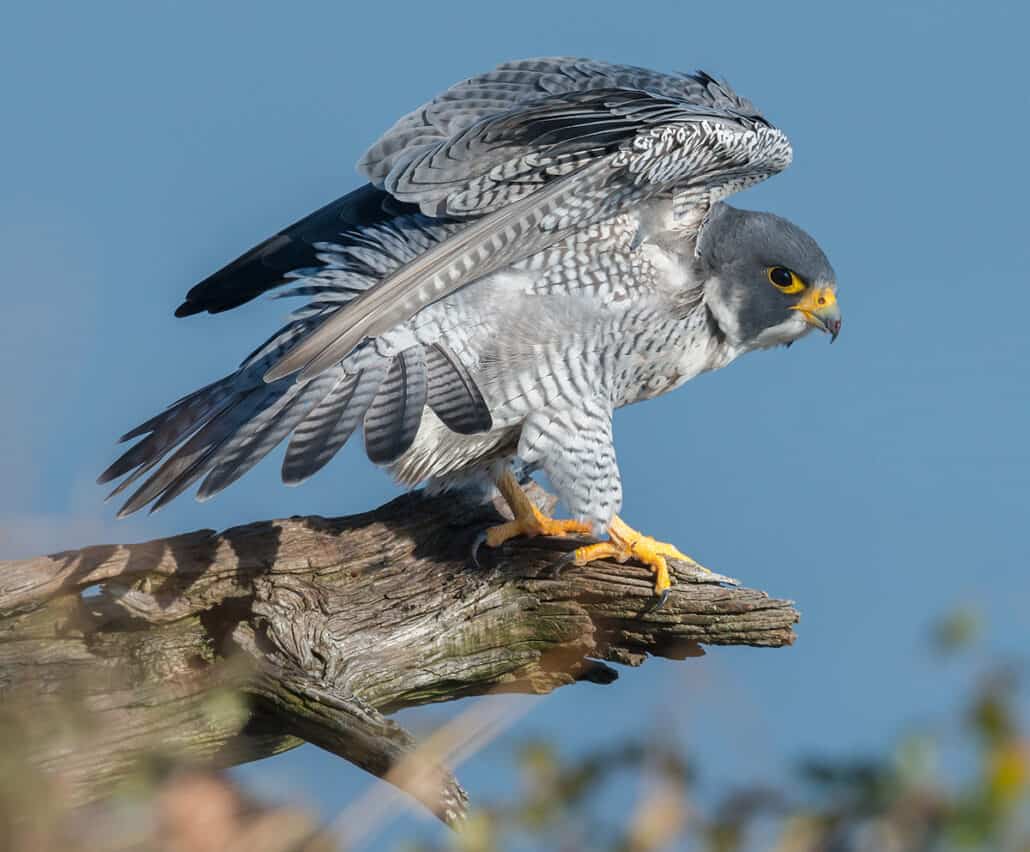
A cold front, northwest winds, and any calendar day from mid-August to late November mean land birds at Cape May Point. Given this combination, almost any place on the Cape will pass for a good birding spot. Autumn migrants following the Atlantic Coast south are funneled down to Cape May Point where the waters of Delaware Bay cause them to temporarily halt their southward passage. The resulting avian log jams provide birding as good as any to be found anywhere on this planet.
Spring migration through Cape May can be equally rewarding. In contrast to the fall migration, most spring movement follows in the wake of a warm front. If, however, a warm front and a cold front meet head-on over Cape May, watch out! The entire migration can stop dead in its tracks, and Cape May is the only point of land in an awful lot of water. Between 150 and 160 species are recorded annually during the Cape May Bird Observatory’s Spring Birding Weekend.
Birding at Lily Lake
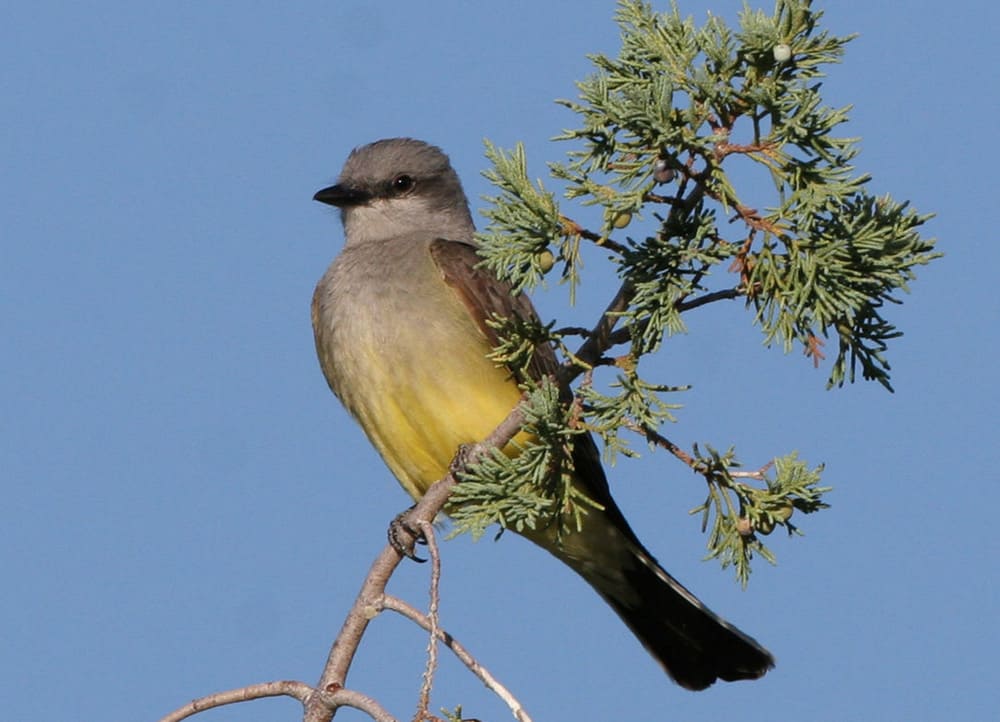
A walk around Lily Lake is a must for migrating passerines. A 30-plus warbler day is not unusual during peak migration in early September or early May. Keep your eyes open for rarities. Western kingbirds are annual autumn occurrences on telephone wires. Any resident’s hedge or weedy lot might contain a clay-colored, Lincoln’s, or lark sparrow. Lily Lake also boasts an assortment of waterfowl. Wintering divers, puddle ducks, and whistling swans will remain as long as they have open water.
Birding in Cape May Point State Park
Walk or drive to the Cape May Point State Park, and follow the several nature trails that lead through the marshes, fields, and wood lots of the park. Check the several ponds for wading birds and waterfowl. Least bitterns breed in the fresh water areas, and the American bittern overwinters. Tremendous flocks of bobolinks pass overhead in August and September, and at times, tree swallows literally blanket the marsh.
Hawk Migration at Cape May
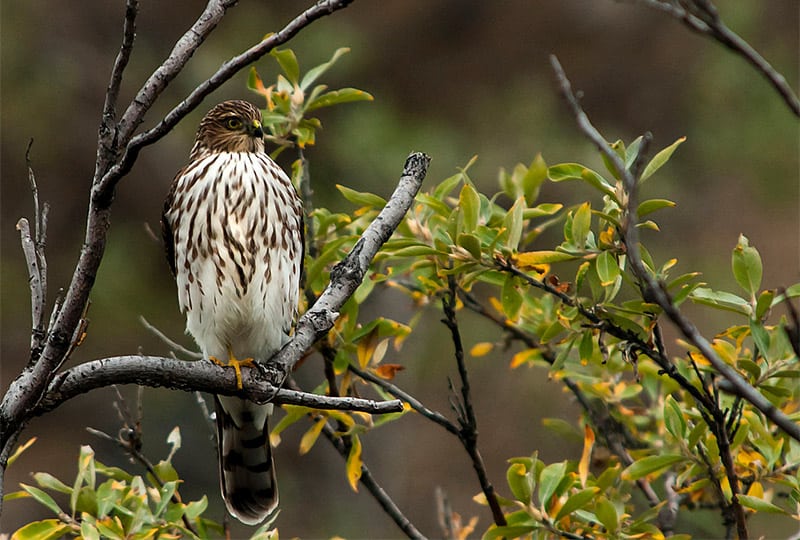
The park is also a particularly good place from which to observe the awesome Cape May hawk flight. An average day’s flight during peak season (mid-September to mid-October) is generally in the neighborhood of 500-plus. The “good” days are spectacular! Sharp-shinned hawks and American kestrels stream by in a seemingly endless parade. A 50-plus merlin day doesn’t raise any eyebrows (more than 100 per day have been seen). Daily counts of between 15 and 20 peregrine falcons occur during good flight years. The Point even turns up such northeastern rarities as the Mississippi and swallow-tailed kite. The Swainson’s hawk is a seemingly annual autumn occurrence. In 1977, the Cape May Bird Observatory hawk watch recorded 81,597 birds of prey. This established a new national record for the most hawks ever recorded during an autumn migration.
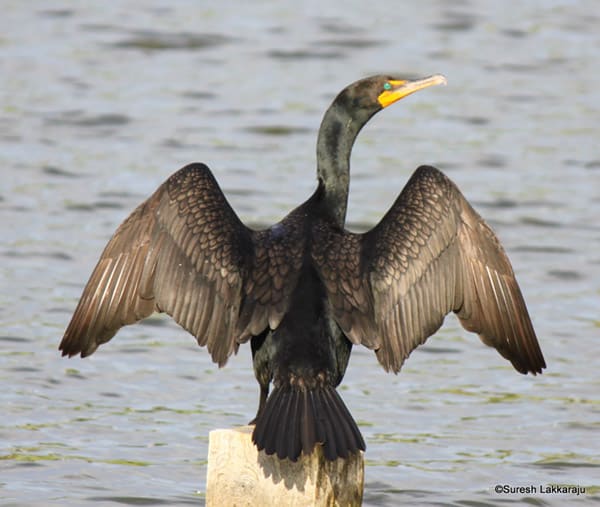
Cape May Seabirds
The beach and the bunker are excellent places to watch for migrating sea birds such as cormorants, scoters, and gannets. Check the cormorant flocks for an occasional great cormorant mixed in with the smaller double-cresteds. Common and red-throated loons winter in the bay, and large numbers are seen moving in late March and April as wintering populations are augmented by northbound birds. The parasitic jaeger can be seen offshore in November (generally in pursuit of some fish-laden gull or royal tern) and, occasionally, glimpses of the less common pomarine jaeger.
The waters around the several rock jetties and in front of the bunker often provide good looks at hardy winter sea ducks including both common and king eiders and harlequin ducks. Alcids are also occasionally seen here. A walk up the beach from the bunker affords good looks at the marshes and a point from which to scope the South Cape May Meadows.

A short drive across Sunset Boulevard and up Bayshore Road will intersect the railroad tracks leading to the Magnesite Plant. Spring and fall passerines abound here. The prothonotary warbler breeds in proper habitat on both sides of the tracks, and the thickets along here are a good place to observe the elusive Connecticut warbler in fall. Scan the shallow pools for wading birds. Pectoral, solitary, and spotted sandpipers concentrate at these locations and, occasionally, ruffs.
Birding at Higbee Beach
For Higbee Beach park your car where the pavement ends on New England Road. The trails which lead through the fields and oak, holly, and cedar woods are many and confusing. Pay attention to your movements, or you may become “jes’ a mite bewildered” as Daniel Boone was fond of saying. The fields and hedgerows host nesting prairie warblers, yellow-breasted chats, indigo buntings, and blue grosbeaks. Ruby-throated hummingbirds and scarlet tanagers also breed here. The woods can at times be alive with migratory songbirds, and Higbee Beach proper rivals the Cape May Point State Park as a spot to observe the Cape May hawk flight. During the winter months, assorted sparrows, winter finches, cedar waxwings, bluebirds, and other hardy species can be found here, so don’t hang up your binoculars prematurely.

